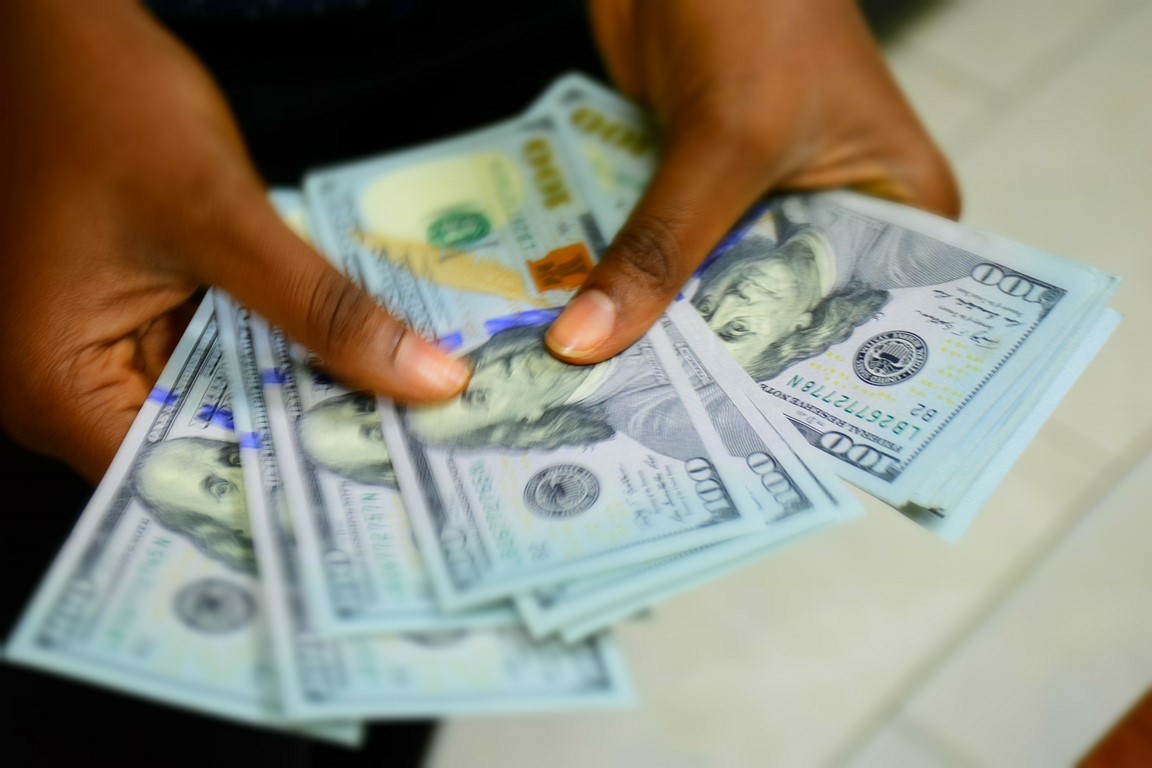All major headlines and attention are still surrounding the United Kingdom following the uncertain outcome to the UK election at the end of last week.
The British Pound appears to have stabilized and is trying to maintain its footing around 1.27, after suffering a decline just above 2% at one point following it becoming clear that the UK was heading for a hung parliament. There is a viewpoint that the Pound should remain supported over the near-term despite the uncertainty, due to the likelihood that the forming of a coalition government would encourage Theresa May to cool it down when it came to her previous hardline approach towards the European Union and the imminent Brexit negotiations.
The possibility that Theresa May will be left with no choice but to adopt a diplomatic approach towards Brexit is what has been seen as the most supportive factor for the Pound over the near-term. It’s not something that I am buying into however, and I think this might be a short-lived consolidation around 1.27.
I personally still see downside risks for the Sterling and see the potential for the market to become encouraged towards selling in the likelihood that the UK is set to begin negotiations next week and looks very unprepared for such complex negotiations. The whole reason for the UK election in the first place was so that Theresa May would have more powers to influence the Brexit process, but not only has this play backfired, the UK looks more unprepared than ever to go head-to-head with the EU as it currently stands. I personally remain bearish on the Sterling.
What was noticeable when European trading commenced on Monday was that the FTSE dipped lower, which some could attribute to the uncertainty in the aftermath of the UK election. It is also worth pointing however that the FTSE looked under pressure around the same time that the Pound was at that point consolidating a little higher, which could be the inverse Sterling/FTSE relationship that we have talked about in the past. There has been a trend over the past year where increased Sterling purchasing sentiment can encourage selling in the FTSE and selling momentum in the Sterling can support the FTSE, which we saw once again at the end of the UK election. It certainly is a strange correlation, but it is thought to be supported by the mindset that when corporations on the FTSE exchange their earnings back into Sterling they are left with more currency.
While the attention around the United Kingdom is by all accounts going to remain centred around the political uncertainty, there is also key economic data to come out over the week ahead. The latest inflation reading, employment data and BoE interest rate decision are all scheduled to be announced in the next few days. When it comes to the jobs data and inflation numbers, the major headline will be whether further indications are provided that price pressures are increasing at a faster pace than wage growth. This is seen as a crucial factor in the possibility that consumer spending might be pressured over the upcoming months. By most accounts the Bank of England (BoE) is expected to leave interest rates unchanged as they have been for nearly a year, but it will be interesting to see if Governor Carney comments on the current political instability and what it means to the monetary policy outlook for the United Kingdom.
Time for another US interest rate rise?
Away from the United Kingdom and the ongoing political uncertainty that is dominating attention, the Federal Reserve is largely expected to raise US interest rates on Wednesday evening. Most of the expected US interest rate rise has already been priced into the Dollar, but the US currency might find support in the run up to the Federal Reserve decision. Will the probable US interest rate rise direct the Dollar over the longer-term? Not really, and as soon as the Fed most likely pulls the trigger on another rate rise on Wednesday, attention will circle towards when the central bank will next raise interest rates as it’s expected that another one or two will be announced before the end of the year.
Any hesitance from the Federal Reserve when it comes to providing clarity on its future monetary policy outlook and interest rate circle will likely weigh on the Dollar as investors want clarity.
What about emerging market currencies?
The likelihood that the Federal Reserve will be raising US interest rates this coming week might put a pause to the recent rally we have witnessed in emerging market currencies, like the Malaysian Ringgit and Chinese Yuan.
Whether the emerging market currencies can later brush away the probable US interest rate hike this Wednesday will depend on the timing of the next interest rate rise from the United States, which by most accounts knowing the previous language from the Federal Reserve, will not include precise timing for the next rate increase and later support the emerging currencies. By most accounts the Dollar topped a long time ago, and this means those emerging currencies that were heavily pressured in the six months following US election day can continue to push on and attract buyers.
Update on WTI Oil
After a pressured couple of weeks following the OPEC meeting, WTI Oil has found support at $45 and is expected to attempt a recovery from here. There is still a risk that US inventories/shale production will offset the efforts from OPEC Non-members when it comes to trimming the oversupply in the markets, however Oil looks oversold at $45 to my eye until we can see clear signs that there is increased inventories from the United States.
Advertisement
Add a comment







